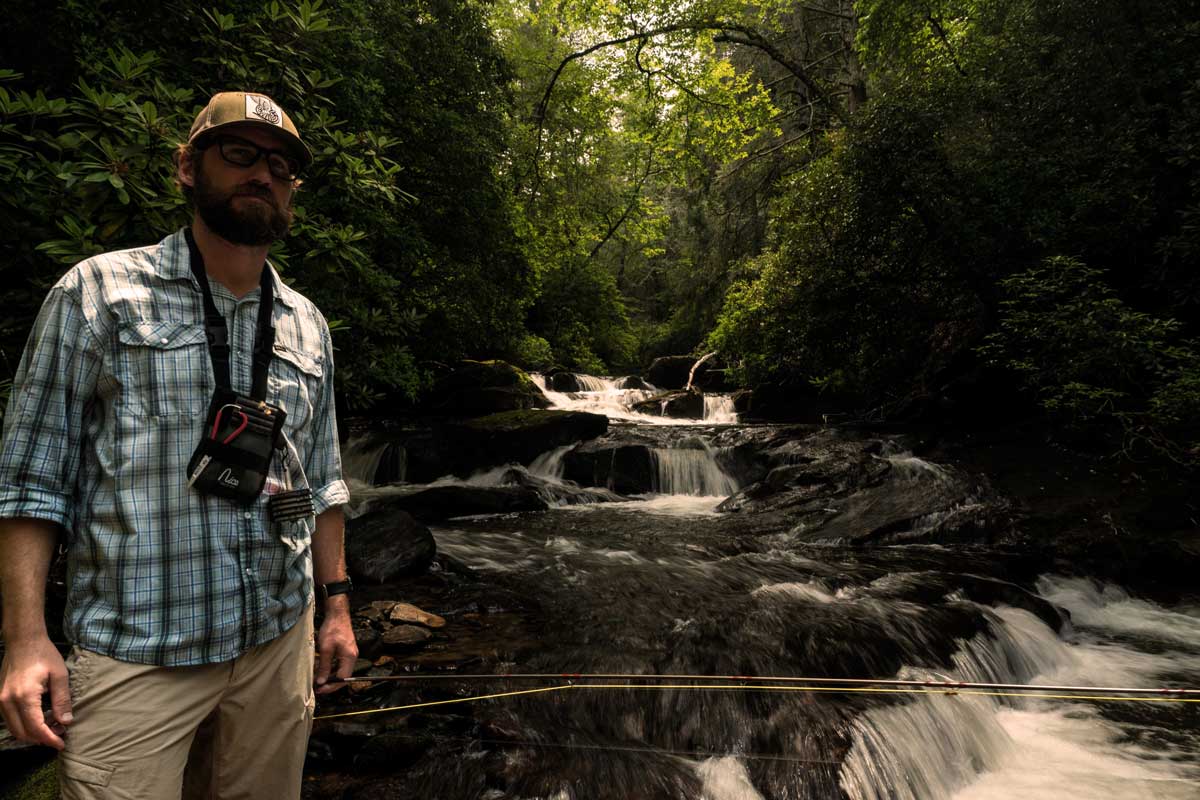Most people know Winter to be barren and depressing. If you are only subjected to the shorter days, ending and beginning your days commuting in the dark and watching your landscape and trees around your house wither and die, then feeling depressed may have some merit. But I’m here to say, there’s a few very good reasons to take advantage of a Southern Appalachian Winter day.
Here’s my top 3;
1. Here in North Georgia, at the very most southern foothills of the Appalachians in the Chattahoochee Forest there are miles of small rocky streams that have great, clear flow in the Winter months. And the experienced anglers know they just so happen to contain 2 species of wild trout (rainbows and browns), and our only wild native trout (brook) if you know where to look. Albeit small, these trout are beautiful, and will have you meandering through some impressive landscapes to find them.
2. You can sleep in late and still beat the crowds. With sunrise much later, you can catch a little extra Z’s in the morning or enjoy a coffee by the fire because there’s no rush to be the first one to your favorite spot. In my experience fishing in January, the bite is slow in the mornings and so am I. So, the fish and I are on the same page. The last two January mornings I fished, I was questioning my judgement to leave the handwarmers at home. But without fail, after the first fish things start looking up and by lunch time, you forget you where ever cold at all. The last several weeks have had daily temps here in the 50’s and 60’s (F).
3. Finally, is my personal favorite: The extra-long golden hour. If you’re a bit of a shutterbug like me, the lighting in the forest this time of year is incredible. The sun never gets high and seems to be filtered almost perfectly throughout the day. With our southern forests and stream banks abound with evergreens, I feel I’ve taken some of my best landscape photos during this time of year.
As an angler who enjoys the pursuit of trout in small streams, I’d say I’m pretty dam lucky to be where I am on the map during the cold months.































